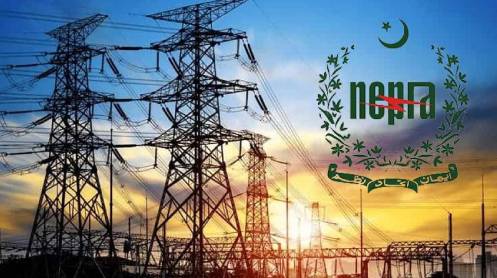Austria, Germany, Italy and the Netherlands announced plans this week to prepare to resurrect old coal plants as gas supplies dwindled. The moves came just days after Moscow reduced natural gas flows to several European countries, including Italy and Slovakia, alarming leaders who are worried about energy reserves ahead of winter.
Are you on Telegram? Subscribe to our channel for the latest updates on Russia’s war in Ukraine.
That’s not the direction in which these government wanted to move. A return to coal would controvert climate policy already in place in Amsterdam and Berlin. Some officials are concerned about the longer-term threat such a move would post to efforts to fight climate change in Europe.
“We have to make sure that we use this crisis to move forward and not to have a backsliding on the dirty fossil fuels,” European Commission chief Ursula von der Leyen told reporters Tuesday.
Germany says it is restarting some coal power plants, while Austria is outfitting an existing plant to use coal. In the Netherlands, authorities have lifted production caps on coal-fired plants.
When it came to power late last year, the new German coalition government made up of the center-left Social Democrats, Greens and the liberal Free Democrats had put climate policy at the center of its agenda aiming to bring forward the country’s coal exit to 2030. Its ambitious plans also include aiming to reach net-zero greenhouse gas emissions by 2045. But Russia’s war in Ukraine has shaken up plans amid uncertainty about Moscow’s natural gas supply cuts.
“The situation is serious,” said German Economy Minister Robert Habeck, co-leader of Germany’s climate-conscious Greens. He called the supply cuts an “attack being carried out against us with energy as a weapon,” speaking at a Tuesday event held by the Federation of German Industries.
In a statement, his ministry announced several steps meant to conserve natural gas, including restarting an unspecified number of coal-fired power plants and using an incentive system to reduce industrial consumption of gas.
The prospect of firing up coal-fired plants is “bitter” but essential, Habeck said. “To reduce gas consumption, less gas must be used to generate electricity. Coal-first power plants will have to be used more instead,” he said, adding that the aim is to have gas storage tanks filled ahead of winter.
Habeck’s ministry has said that with the share of gas being used to produce electricity on the decline, operators of reserve coal power plants “should prepare themselves now so that everything is ready for use as soon as possible.”
Turning to coal allows nations to displace natural gas used in power generation and save it for other uses as it can’t be easily replaced, said Samantha Gross, director of the Brookings Institution’s Energy Security and Climate Initiative.
“The temporary turn to coal isn’t great from a climate perspective, but the … European governments are sticking to their guns on their overall decarbonization goals,” she told The Washington Post. “One hopes this is a short-term adjustment while Europe finds additional sources of gas supply and over time displaces gas use through efficiency and technology switching.”
Questioned about the status of national coal-phaseout plans, Stephan Gabriel Haufe, a spokesman for Habeck’s ministry, said, “The coal exit in 2030 isn’t wobbling at all. … It is more important than ever that it happens in 2030 — that is our view.”
But even facing the fear of an energy crunch this winter, Germany has resisted calls to keep its last nuclear power plants online, having pledged to phase out nuclear power by the end of the year.
In Austria, where the last coal plant was converted into a gas facility in 2020, the government announced that the factory will once again be outfitted to produce electricity from coal. Once online, the plant is to be used only “in an emergency,” Austrian Chancellor Karl Nehammer’s office said in a statement.
An Austrian government deal set out aims to produce all electricity using renewable sources by 2030, and achieve carbon neutrality by 2040.
The Netherlands launched the “early warning” phase of its energy crisis plan Monday, and lifted the production cap on coal-fired plants. Enacted in January, the cap forced coal-fired power stations to operate at a maximum of 35 percent of full capacity.
“While a slight uptick in coal use this winter may be unavoidable, it would represent a colossal failure on the part of policymakers and the energy industry if we were in the same position next year,” Matt Watson, vice president of energy transition at the Environmental Defense Fund, told The Post.
He proposed alternatives to filling gas supply gaps, including requiring oil and gas producers to reduce wasteful flaring and leaks of methane — a change that could put hundreds of billions of cubic meters of gas into the market without “drilling a single new well.”
Earlier this month, U.S. climate envoy John F. Kerry warned that if countries increased their reliance on coal due to the war in Ukraine, “we are cooked.”





